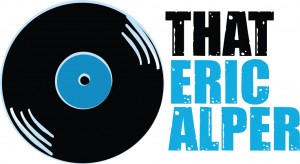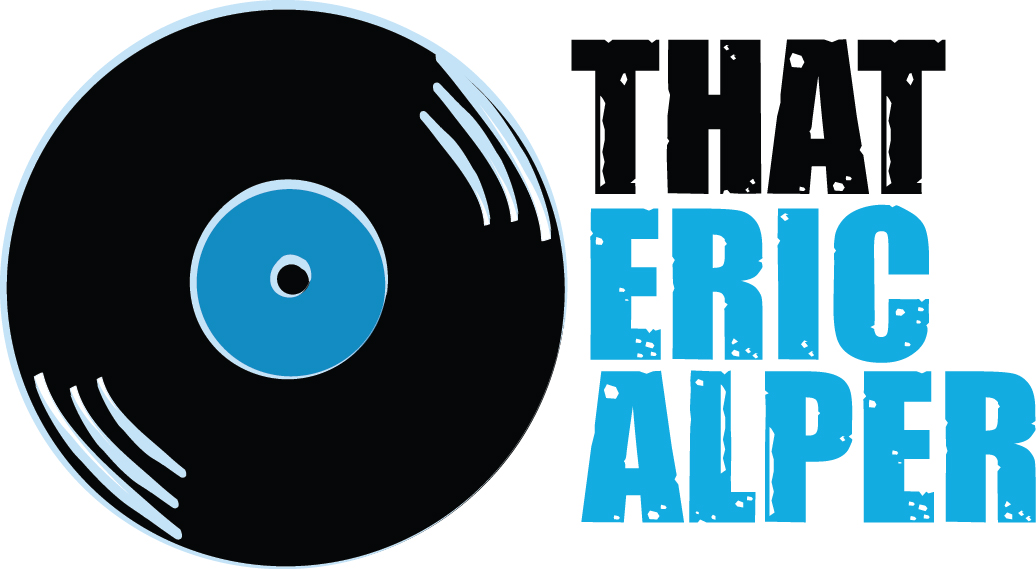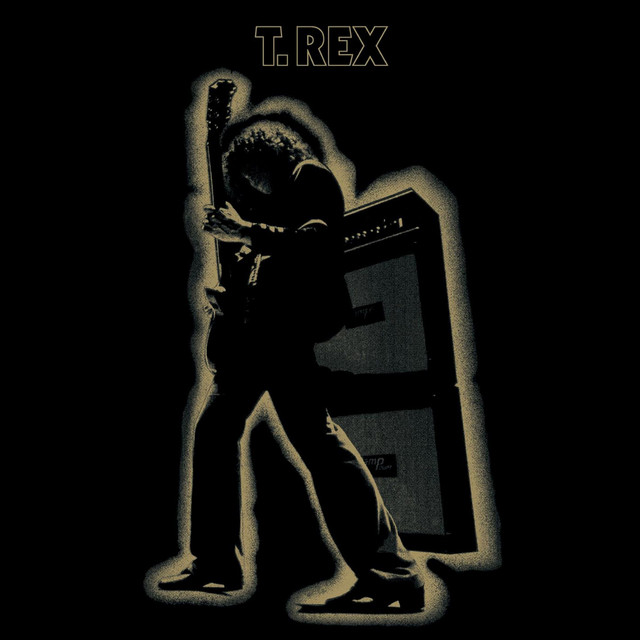Some albums define a genre. Some redefine an era. And then there’s Electric Warrior, the 1971 masterpiece by T. Rex, which did both. Marc Bolan was reshaping rock, injecting glam, swagger, and a touch of the surreal into every groove. But you already knew that. What you might not know are these five mind-blowing facts about the album that put glitter on rock’s leather jacket.
1. The Album Was Almost a Double LP
Believe it or not, Electric Warrior started as a far bigger beast than what eventually hit record stores. Marc Bolan and producer Tony Visconti had enough material to release a double album, thanks to marathon sessions in London, Hollywood, and New York. Outtakes like “Raw Ramp” and “There Was A Time” ended up as B-sides, while other songs were left in the vaults entirely. Bolan was known for moving fast—his philosophy was to keep writing and never look back—which meant that some of the discarded tracks might have been hits in another timeline.
2. A Future Prog Rock Titan Played on It
Rick Wakeman—yes, the Rick Wakeman from Yes—laid down the piano part on “Get It On.” At the time, he was still a session musician, playing on everything from Bowie’s Hunky Dory to Elton John’s early work. Wakeman later admitted that he got paid in beer for his Electric Warrior contribution, but there’s no bitterness—he always recognized that Bolan had an uncanny ability to make even the simplest rock and roll sound revolutionary.
3. Marc Bolan Had a Love-Hate Relationship With His Own Success
By the time Electric Warrior hit number one in the UK, Bolan had already begun to feel the weight of fame. He famously told a journalist that he didn’t want to be “the biggest thing in the world”—he just wanted to be big enough to keep making music on his terms. Ironically, the more he tried to stay grounded, the more extravagant his performances became. His glittering, otherworldly stage presence wasn’t just a persona—it was his armor against the pressures of being a rock icon.
4. The Cover Art Was Inspired by a Happening Moment
That striking black-and-gold cover of Electric Warrior wasn’t some carefully staged studio shoot. It was snapped by photographer Kieron “Spud” Murphy during a live gig in Nottingham on May 14, 1971. The image captured Bolan in his full glam glory, mid-performance, completely lost in the music. The raw power of that moment made it the perfect visual for an album that was all about turning rock ‘n’ roll into something magical.
5. It Influenced More Than Just Rock Music
Glam rock wasn’t the only movement to take notes from Electric Warrior. French electronic duo Justice credited the album’s artwork as a direct inspiration for their 2007 debut, †. That towering silhouette of Marc Bolan with his Les Paul became a blueprint for how to mix raw power with mystique. Even decades later, Bolan’s ability to fuse simplicity with spectacle continues to ripple through music and design.
Fifty years later, Electric Warrior still stands as a shimmering beacon of what rock and roll can be—playful, seductive, larger than life. Marc Bolan didn’t just make music; he made moments. And every time you drop the needle on this album, you’re stepping into one. So go ahead, turn it up, and let the boogie take over. Because as Bolan himself once said, “Whatever happened to the teenage dream?” It never ended. It just put on more glitter.


